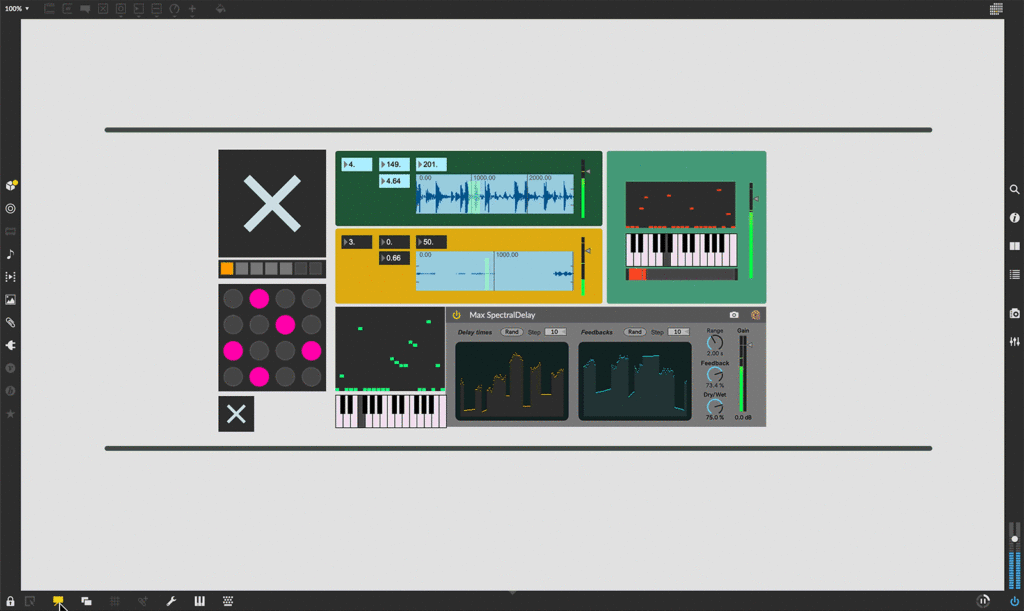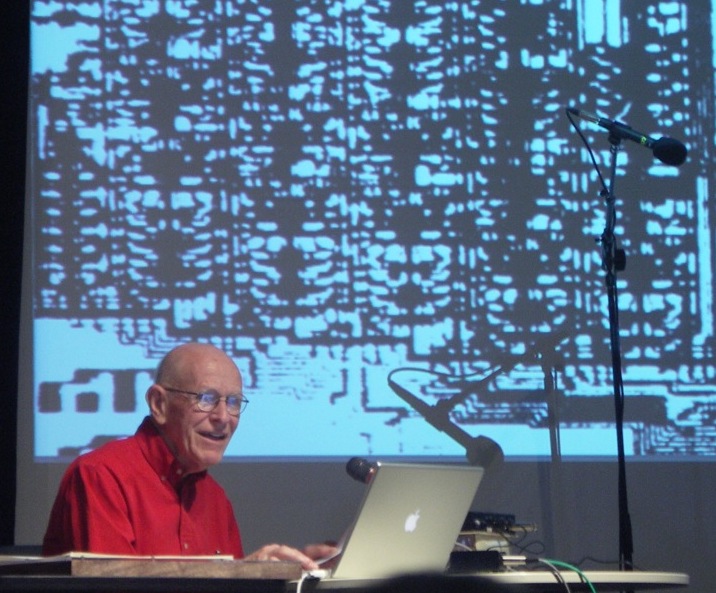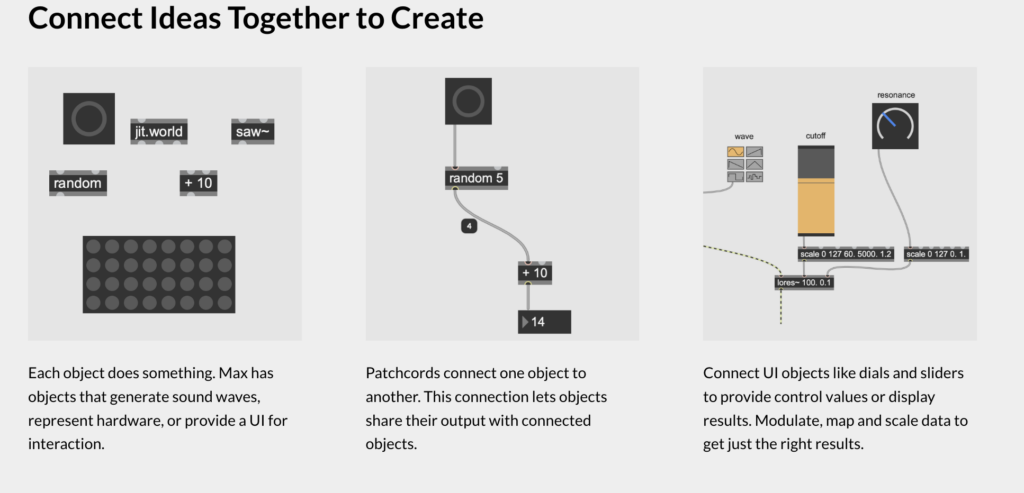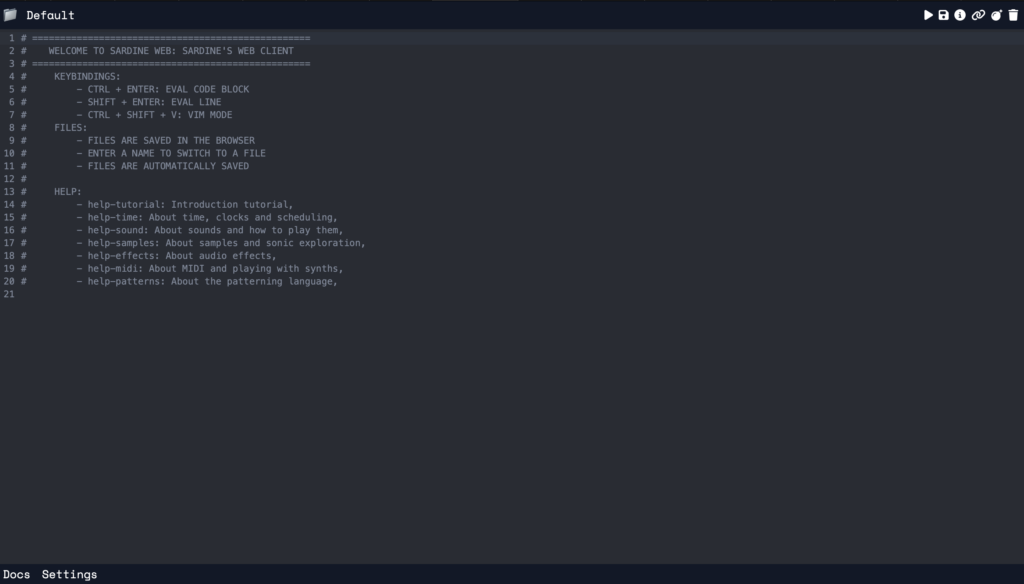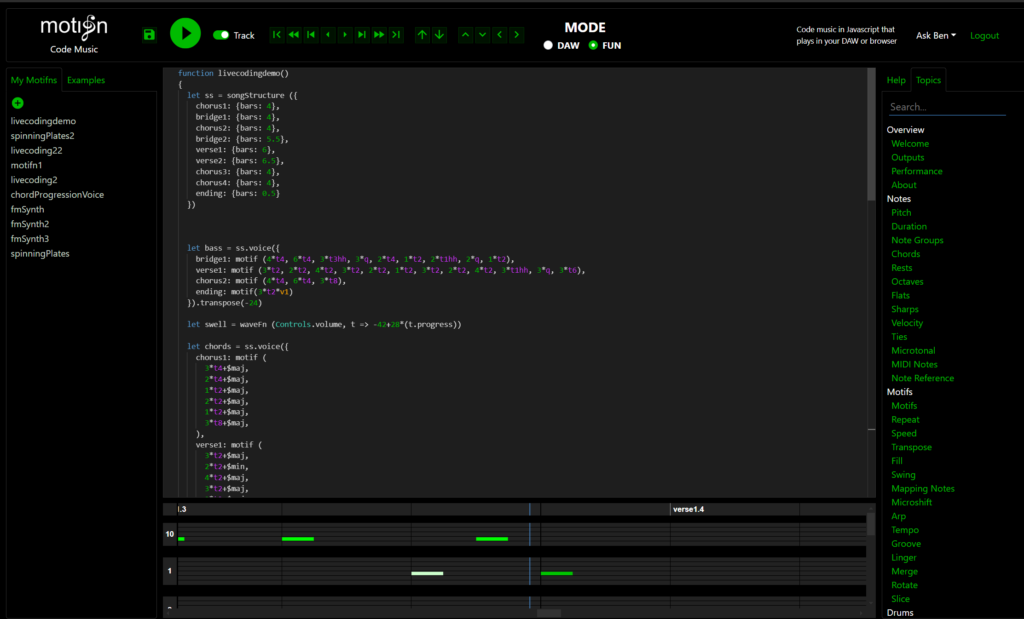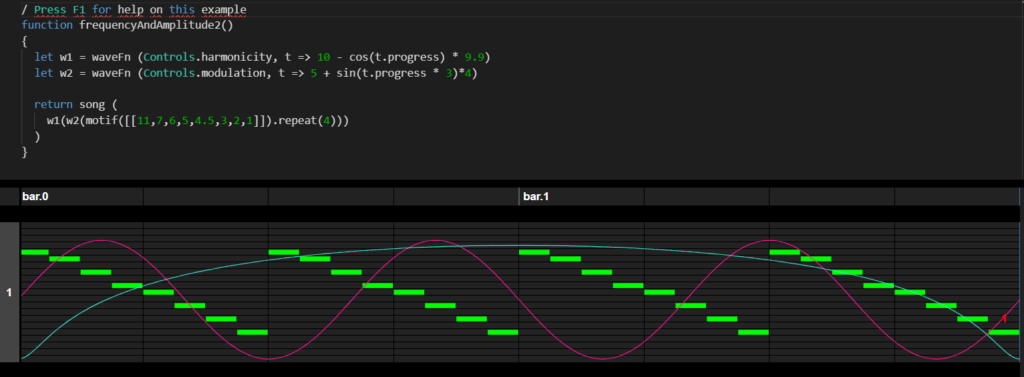“Composers sculpt time. In fact, I like to think of my work as time design.” — Kurokawa
Whether it be simultaneously stimulating multiple sensory systems or mixing up rational with irrational realities and emotions, one of the biggest themes in Kurokawa’s compositions seem to be tying multiple elements and worlds that are seemingly different from each other all at once; and to me, it’s hard to imagine what kind of unexpected harmony his technique might bring. It seems that Kurokawa likes to take things that are already existing and are accessible to him (i.e. nature’s disorderly ways, hyper-rational realities) and give them a twist that acts as a “shocker” factor that brings forth curiosity and confusion from the recipient, which I thought was similar to other artists who do the same when they’re drawing inspiration for their works. However, I also came to realize that a lot of these other artists are all more focused on producing visual works, such as photographs, paintings, installations, etc., which made me wonder how it’s possible for sound engineers/composers to apply this “mixing reality with hyper-reality” into their works — I imagine that it might be more difficult for them because making this collision of two worlds seems to be much more prominent and thus easier to tell in visual artworks rather than audio.
I found his remark about how computer acted as a gateway for him to dive into graphic design/the “art world” fascinating, because this was one of the discussions we had in class a few weeks ago on whether the technology tools we have these days make it easier or harder for us to create art/music, etc. Because I was already inseparable from the more “traditional” art techniques such as painting and sculpting since youth before I transitioned into “tech-y” art, I thought creating works on technology was harder/more limiting to artists like me because learning about computers was always a scary realm. However, I can see how to many, it can be the exact reverse, especially if they didn’t have any background information or experience in creating artworks/music. Regardless of which circumstance you relate to more, I think this new relationship between technology and art opens up entirely new fields to both sides that allows us to expand our creativity and explore all kinds of possibilities in a much broader way.








